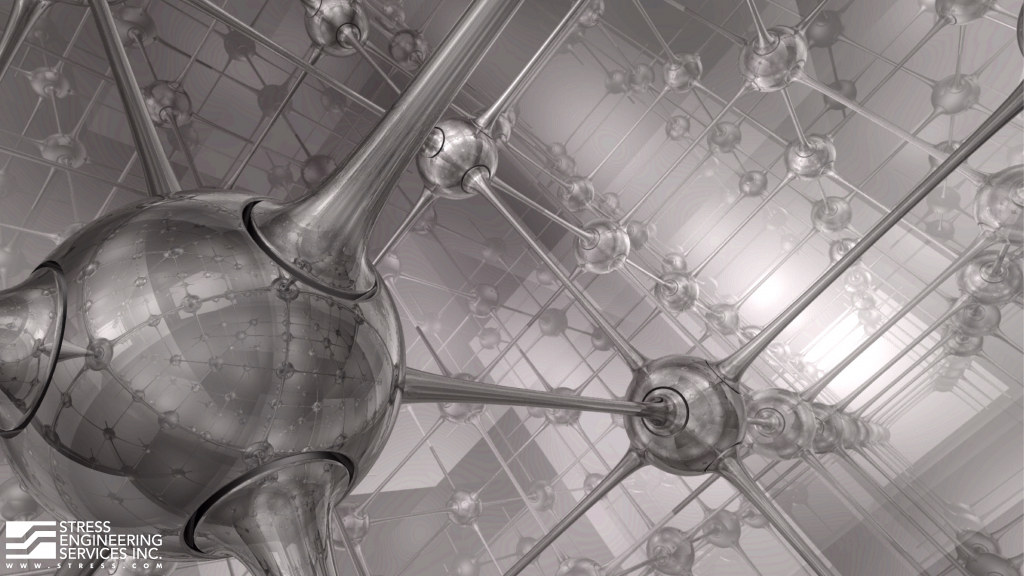The Jewel at the Heart of Everything

The surface of each jewel in the net of the god Indra reflects all the other jewels, whose surface reflects all the other jewels, and so on…. Change one jewel, and you change them all. Thus the net represents the interconnectedness of all things.
One of my favorite places is right in the middle of the intersection of science and myth. I think most people expect that as we zoom forward on one of these roads, traffic on the other must grind to a halt; otherwise, some horrible collision will litter the landscape with conceptual wreckage. After all, myth was our original way of explaining the world, way back when we didn’t know any better. (That solar eclipse? The god who carries the torch across the sky dropped it for a second.) Now that we have a scientific method of inquiry, we don’t need those myths that those superstitious crazy people of yesteryear took literally.
Right?
Here’s where I like to straddle that intersection and see what happens. For example, take a look at a really wonderful recent development in science, the “jewel” that may lie at the heart of quantum mechanics: the amplituhedron. (Let the word alone linger on the tongue for a minute; juicy, isn’t it?)
Quanta Magazine reports on the new framework for fundamental physics that the amplituhedron offers:
Physicists have discovered a jewel-like geometric object that dramatically simplifies calculations of particle interactions and challenges the notion that space and time are fundamental components of reality….
The revelation that particle interactions, the most basic events in nature, may be consequences of geometry significantly advances a decades-long effort to reformulate quantum field theory, the body of laws describing elementary particles and their interactions. Interactions that were previously calculated with mathematical formulas thousands of terms long can now be described by computing the volume of the corresponding jewel-like “amplituhedron,” which yields an equivalent one-term expression.
Okay, Let’s not sink too deeply into the physics of it (because I’ll get lost). Suffice to say that it seems this jewel-like geometric construct accounts for the behavior of matter and energy on the most fundamental level. What an elegant, beautiful idea, which makes my mind flash to another elegant idea; juxtapose the amplituhedron with one of the most gorgeous of mythic constructs, from Eastern religions: Indra’s net.
Far away in the heavenly abode of the great god Indra, there is a wonderful net which has been hung by some cunning artificer in such a manner that it stretches out infinitely in all directions. In accordance with the extravagant tastes of deities, the artificer has hung a single glittering jewel in each “eye” of the net, and since the net itself is infinite in dimension, the jewels are infinite in number. There hang the jewels, glittering “like” stars in the first magnitude, a wonderful sight to behold. If we now arbitrarily select one of these jewels for inspection and look closely at it, we will discover that in its polished surface there are reflected all the other jewels in the net, infinite in number. Not only that, but each of the jewels reflected in this one jewel is also reflecting all the other jewels, so that there is an infinite reflecting process occurring.
That description, from Francis Harold Cook and his book Hua-Yen Buddhism: The Jewel Net of Indra (via Wikipedia) evokes as much wonder in its way as the amplituhedron. And while the confluence of ideas isn’t perfect—one jewel predicts all particle interactions, the other jewels reflect all others ad infinitum—they both give us insight into the fundamental nature of existence, how all things on a deep level are connected.
Instead of smashing into each other and leaving wreckage everywhere, these two modes of thinking, while never merging, seem to have ended up on parallel tracks; instead of gridlock, they’ve managed to clear the road for each other by staying out of each other’s way. As long as you’re clear about which lane you’re driving in at any given moment, there’s no reason great progress can’t be made on both roads.
And that’s the trick, isn’t it? One has to be able to hold two ideas in one’s head at the same time, the empirical reality and the metaphorical Truth–like people in our predecessor cultures probably did. C’mon; do you really think they were any less savvy that their stories weren’t nuts-and-bolts descriptions of how the world does what it does? Do you truly believe that they were more prone to the trap of taking one’s metaphors literally than today’s Christian and Muslim fundamentalists of the lunatic fringe?
That ball of fire in the sky isn’t a god carrying a torch, but the tale still told a people who they were, that there was duty to perform, that even gods stumble and drop their responsibilities every once in a while, but that you pick it back up and get going again…so yeah, in ways that matter deeply to us, that ball of fire is a god carrying a torch. These Truths are what myth is about, and it’s why religion (read: myth) continues in various forms even as science takes its rightful place in our brains and our culture. Myth isn’t diminished by science; properly understood, each in their proper role, they can almost propel each other forward, amplituhedron to Indra’s net.
So get in the fast lanes where myth and science meet, and enjoy the ride.
